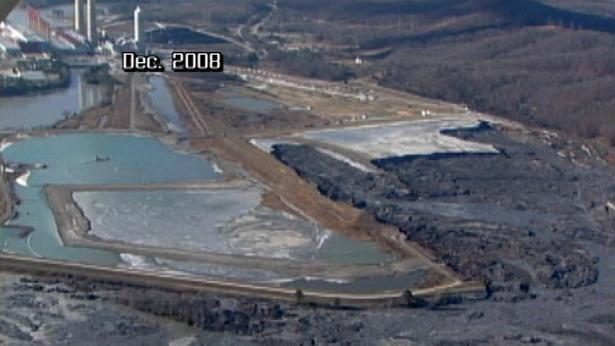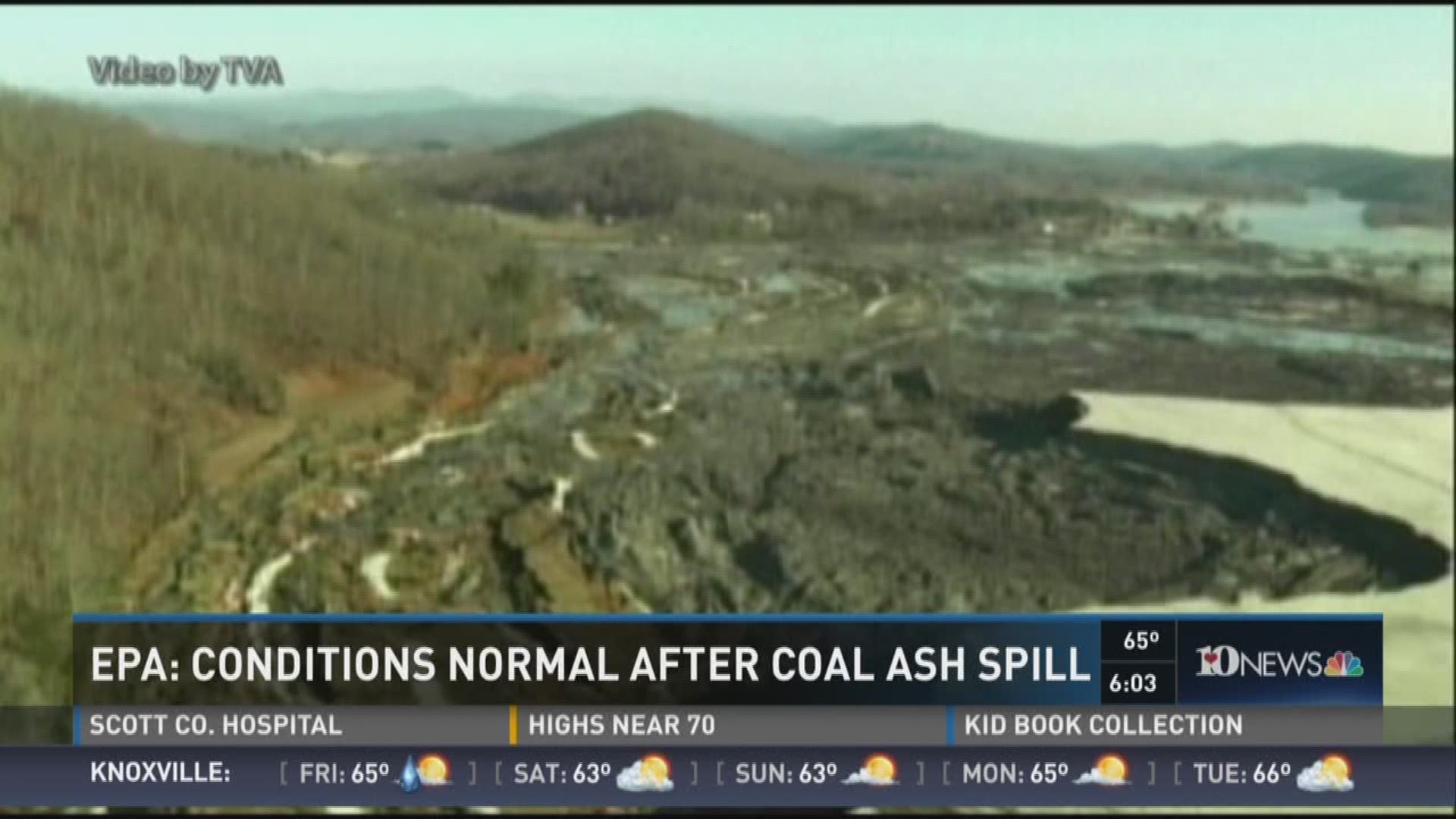Just over eight years after the largest man-made disaster in state history, the Environmental Protection Agency says the ecosystem of the Watts Bar Reservoir in Roane County has returned to the condition it was before the 2008 coal ash spill.
In a press release Thursday, the EPA said the fish, bugs, sediment and bird communities around the reservoir have returned to "pre-spill" conditions that existed before 5.4 million cubic yards of coal ash broke through a dike at the Tennessee Valley Authority's Kingston Fossil Plant and spread into nearby rivers and neighborhoods.
The spill covered 300 acres of land and spilled toxic coal ash - the byproduct of coal-fired power plants - into the Watts Bar Reservoir.

The EPA said cleanup was done in three phases, and the entire cleanup was completed over a six-year period from 2009 to 2015. The estimated cost was $1.134 billion.
Environmental data collected from 2009 to 2015 shows that the ecosystem has returned to baseline conditions that existed before the Dec. 22, 2008 spill, according to the EPA.
The EPA said a Monitored Natural Recovery plan adopted for the river system in November 2012 has already proved to be effective in five years instead of 10 to 15 years as estimated. That plan was recommended by TVA and approved by the EPA and the Tennessee Department of Environment and Conservation.

The EPA will continue annual monitoring of the river system for up to 30 years "to confirm that risks associated with the residual ash remain low and that ash-related concentrations of metals continue to decline with time," the press release said.
The EPA will also conduct long-term groundwater monitoring and inspections of ash disposal cells.

